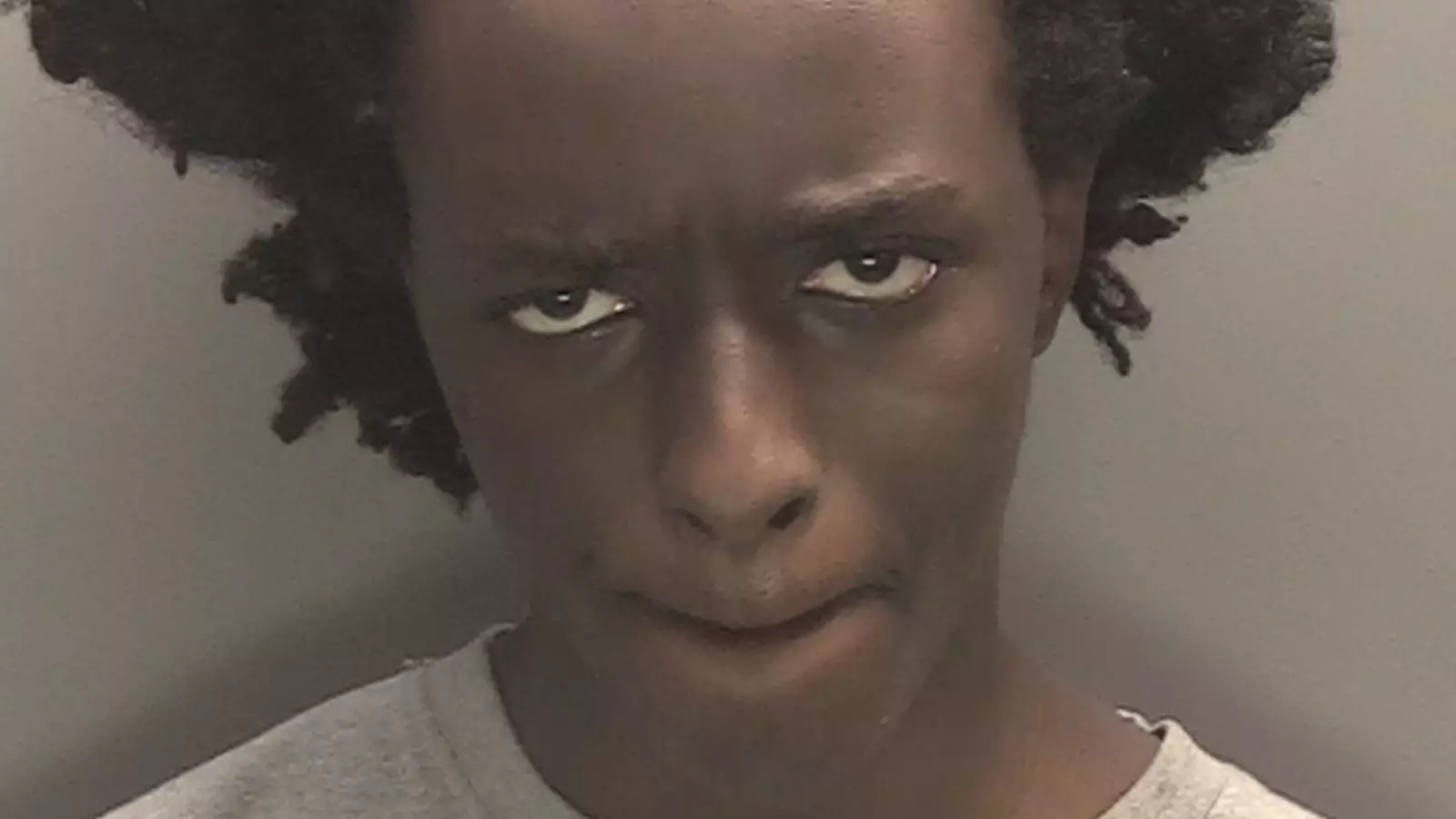The case of Axel Rudakubana serves as a grim reminder of how societies can overlook alarming signs of potential violence in youth. This young man’s from a troubled background; his fascination with extreme violence began early and became increasingly concerning. Reports indicate that he maintained a “kill list,” identifying individuals he wished to harm, which raises fundamental questions about supervision in educational environments. His history of violence is alarming: Rudakubana was excluded from Range High School in Formby after bringing a knife to school in October 2019 and subsequently attempted to attack students with a hockey stick. Such actions should have sent a clear signal, yet his trajectory continued unchecked.
Rudakubana’s trajectory reflects a broader societal issue surrounding mental health and early intervention. His case illustrates the urgent need for vigilant monitoring of students exhibiting troubling behaviors. Instead of timely intervention, Rudakubana fell further into a cycle of violence, culminating in the tragic stabbings at a local event in July 2024. The severe consequences of failing to recognize these warning signs highlight a systemic flaw in both educational institutions and support systems.
The circumstances leading to Rudakubana’s violent outburst reveal a concerning pattern of negligence among various agencies involved in monitoring youth behavior. Despite being referred to the government’s Prevent programme—a strategy aimed at preventing radicalization—three times between December 2019 and April 2021, no effective action was taken. This oversight raises critical questions about the efficacy of existing intervention efforts.
Community members, such as Dylan Pemberton, whose daughter attended school with Rudakubana, voiced their alarm over the continued presence of a known threat within educational spaces. Pemberton recounted chilling accounts from his daughter and her classmates, indicating that Rudakubana’s behavior was well known and discussed among students. It is tragic that those closest to the situation recognized the dangers he posed while the system, designed to protect students, effectively failed them.
Compounding the tragedy is the role of family dynamics in Rudakubana’s life. His father, Alphonse, reportedly intervened to prevent him from returning to Range High School a week prior to the stabbings. Despite this, Rudakubana successfully evaded parental supervision and societal scrutiny, culminating in a violent attack on innocent children. This situation underscores the complexity of familial responsibility and its limitations. While families can play a crucial role in monitoring and guiding their children’s behavior, the broader systemic structures must also provide support and intervention.
This intersection of family and systemic failure points to a cultural and societal responsibility to ensure that youth like Rudakubana do not slip through the cracks. Educational institutions, parents, law enforcement, and social services need to work collaboratively to identify and address red flags before they escalate into tragedy.
The tragic events surrounding Rudakubana highlight significant shortcomings in risk assessment and intervention strategies. Home Secretary Yvette Cooper’s call for a public inquiry reflects an acknowledgment of the mistakes made by multiple entities in handling Rudakubana’s case. “Agencies failed to identify the terrible risk and danger to others that he posed,” Cooper emphasized, demonstrating the necessity for independent evaluations of preventive measures and intervention approaches.
The ripple effects of Rudakubana’s actions extend far beyond his individual case. They resonate with victims, their families, and the community, forever changed by a senseless act of violence. As we dissect and analyze this situation, it becomes increasingly vital to advocate for improved training, communication, and responsiveness among the agencies responsible for identifying and acting on potential threats.
Rudakubana’s case serves as a stark reminder of the need for diligence and proactive measures in preventing youth violence. It challenges society to rethink its engagement with troubled adolescents and to prioritize comprehensive training for all stakeholders in safeguarding our communities. By learning from this tragedy, we can hope to create a more responsive system, one that values the potential of rehabilitation and prevention over punishment and exclusion. This tragedy should galvanize action—a collective responsibility to ensure that no warning sign goes unnoticed, and no child remains unprotected.



Leave a Reply